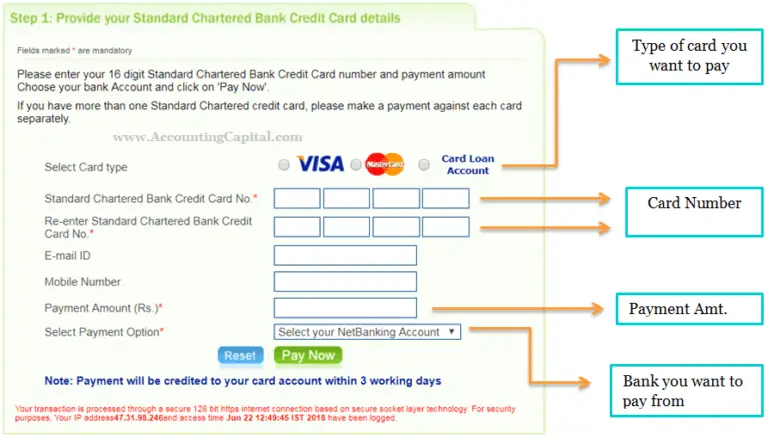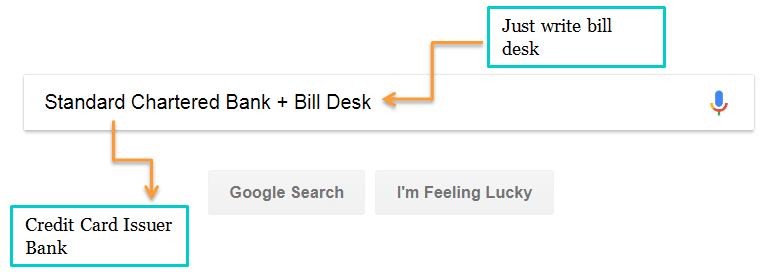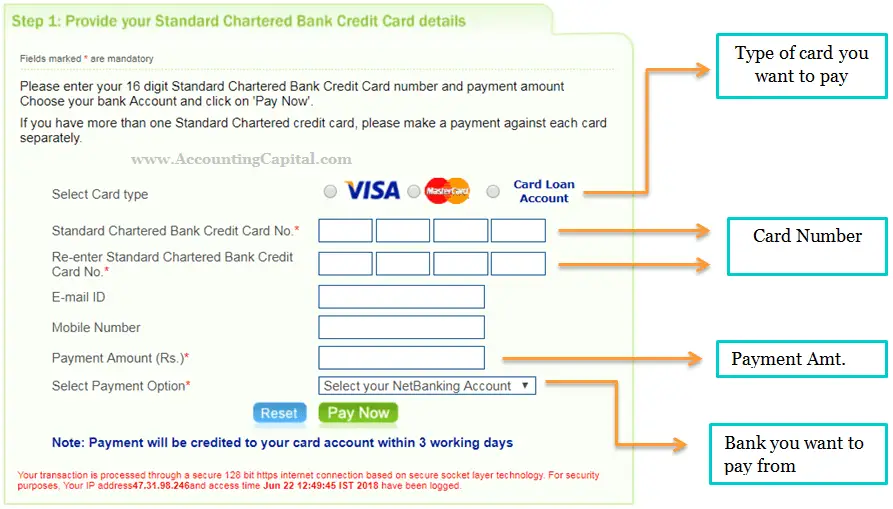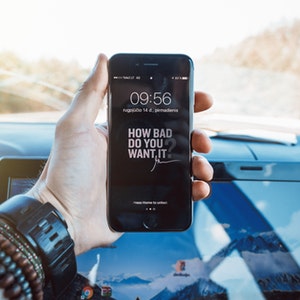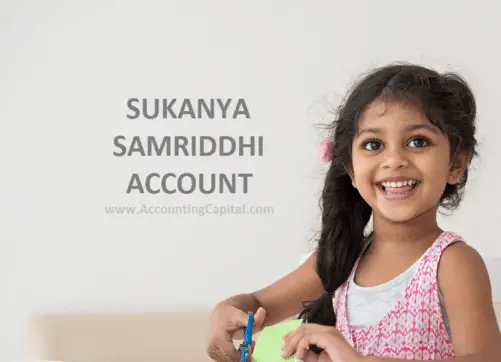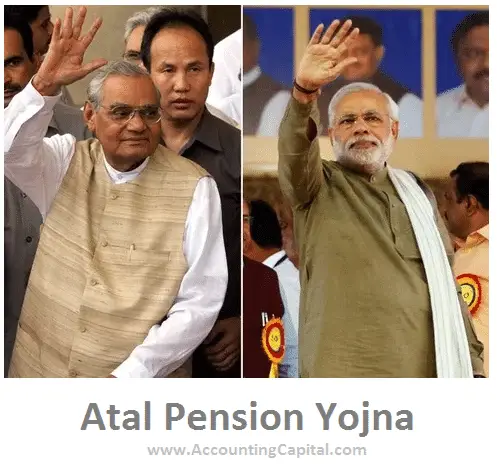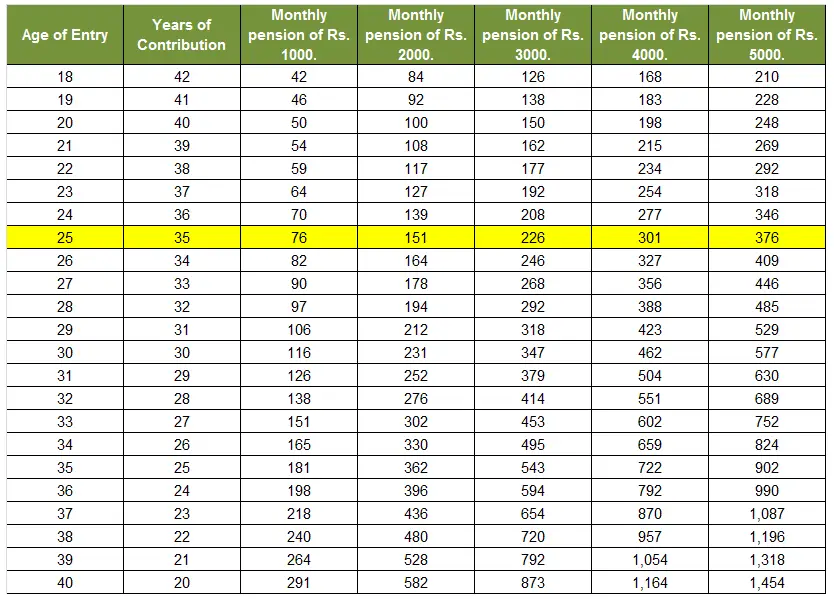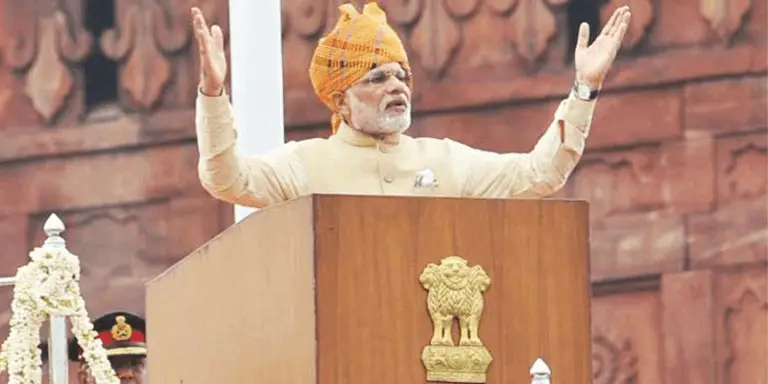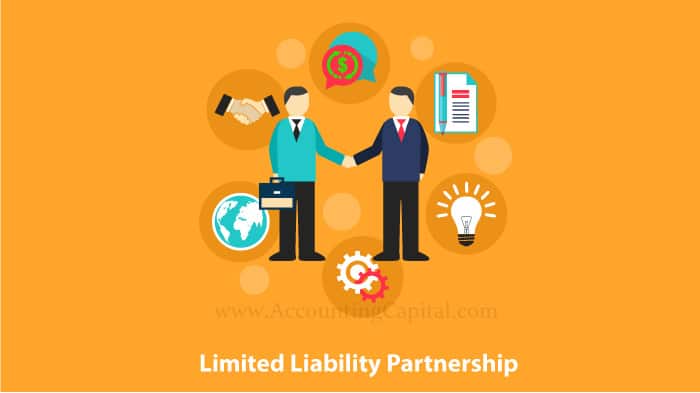We store our funds in different places, whether it be banks, financial platforms, currency exchanges or stock markets. In today’s age of globalization, we can easily use platforms from other countries. Therefore, we start moving our money between different countries and make frequent international transactions. It generates high transaction fees, which can quickly affect our total gains.
Try online remittance platforms
Bank fees for international payments
First of all, it may be worth to research some remittance platforms. Regular international bank transfers are very expensive compared to other online alternatives. The same applies to receiving the funds, as for example some banks charge you just to get money from an overseas account. It may come in handy if you have bank accounts in few countries and want to move your money between them in a convenient and cheap way.
On average the banks charge their users $10-$25 for international SWIFT transfers. Now, sending let’s say 100 USD and exchanging it into EUR through one of the most popular online payment platforms – PayPal, costs around $4.99. The same transfer through other platform called TransferWise would cost only $1.71. At the same time, Lloyds Bank, which is one of the top British banks, charges around $12 for an international money transfer and an international wire from Australia’s ANZ bank costs around $16. You see that the difference is quite significant.
Which money transfer platform is the best?
But as you can see from our quick example, the prices can vary even between two randomly picked platforms. So, which company is the best to handle your money transfer? Well, there is no direct answer to this question. The final transaction cost depends on many factors, such as the currency, your and your recipient’s location, exchange rates, transfer method.
A good way to find out the final costs and choose platform with the best rates at given moment is to use a compare tool. For example Wirly.com, which specialize in gathering information about various remittance companies, created a neat calculator. All you have to do is type in how much money you need to transfer, in which currency and to what country and the platform will show you how much your transfer costs in all of the available money transfer companies. That way, you can either simply choose the top position, or research the lower entries if you are interested in other features.
Some companies may offer cheap transfers, but they might be very slow. In that case, you can simply sort the list depending on the estimated transaction times. If you are looking for the most trusted service for important payments, click on the safety and customer satisfaction categories.
It’s important to research some reviews and real user experience before giving your money to some company. Google Reviews or TrustPilot seem like the places to go. Learn about the advantages and disadvantages of particular platform.
Watch out for exchange rates
Be careful with “free” transfers
Some transfer companies, as well as banks trick their customers by providing “cheap” transaction fees. In the meantime, they provide unfavorable currency exchange rates. For example, if 1USD is equal to 0.9EUR, they may exchange your dollar for only 0.6EUR, eating that 0.3 as a hidden fee. Try to use currency conversion services, which offer rates the closets to mid-market rates (which are the rates that financial institutions use to trade currencies among themselves).
Try different currency pairs
When talking about transferring funds internationally and exchanging currencies, it’s worth noting that some currencies are cheaper to transfer than others. For example, transferring GBP to EUR might be simply cheaper than sending the same amount in USD. If you own a few currencies you can research some combinations to find the perfect configuration. When talking about these pairs, the next point is also important to have in mind…
Find local services
Some companies specialize in handling money in particular regions or countries. If you look for offers to transfer your funds between specific countries, you may find a great bargain. For example, TransferGo offers transfers between UK and Poland. Their rates in that case are significantly better than any other general remittance platform. There are many other similar examples. Remit2India, as the name indicates has a good connection with India.
To sum up, if you are handling all of your international transfers through your regular bank account, it may be worth checking some online alternatives. The remittance market has grown in recent years and these companies already process millions of transactions each day. If you have at least a few dollars on each transfer, it can add up to bigger amounts in the long term.












 Founded in 2010, Udemy in 2022 has over 200,000 courses and plenty of instructors offering both paid and free courses in the form of video lectures combined with other media. It has some great teachers with heaps of students who have benefited from it.
Founded in 2010, Udemy in 2022 has over 200,000 courses and plenty of instructors offering both paid and free courses in the form of video lectures combined with other media. It has some great teachers with heaps of students who have benefited from it. Udemy offers both free and paid courses. You may choose any of them as they both have their own benefits and drawbacks. A free course might be tempting. However, a paid course might end up providing you with more value for money.
Udemy offers both free and paid courses. You may choose any of them as they both have their own benefits and drawbacks. A free course might be tempting. However, a paid course might end up providing you with more value for money. All courses have real reviews and ratings provided by actual students who are enrolled in the course. This is also applicable to accounting and finance courses from Udemy and it is always advisable to look out how the course has been rated and reviewed.
All courses have real reviews and ratings provided by actual students who are enrolled in the course. This is also applicable to accounting and finance courses from Udemy and it is always advisable to look out how the course has been rated and reviewed. All Udemy programs are available for consumption immediately after the purchase. As a student, you can choose when and how to start learning as per your own comfort.
All Udemy programs are available for consumption immediately after the purchase. As a student, you can choose when and how to start learning as per your own comfort. Self-paced instruction means that the content of the program is based on the learner’s response. In simple words, the content can be paced as per the student’s requirement so it can be paused, replayed, and restarted forever.
Self-paced instruction means that the content of the program is based on the learner’s response. In simple words, the content can be paced as per the student’s requirement so it can be paused, replayed, and restarted forever. Some expert instructors on Udemy have a vast array of experience and sophisticated educational backgrounds. If you were to hire a CPA, CMA, etc., their professional services would cost at least 10-100 times as compared to their online courses.
Some expert instructors on Udemy have a vast array of experience and sophisticated educational backgrounds. If you were to hire a CPA, CMA, etc., their professional services would cost at least 10-100 times as compared to their online courses.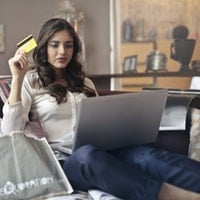 Many courses provide a certificate of completion, which can be useful for freshers starting their careers, as this can go on your resume under the head “Trainings & Courses”. It is any day better.
Many courses provide a certificate of completion, which can be useful for freshers starting their careers, as this can go on your resume under the head “Trainings & Courses”. It is any day better.